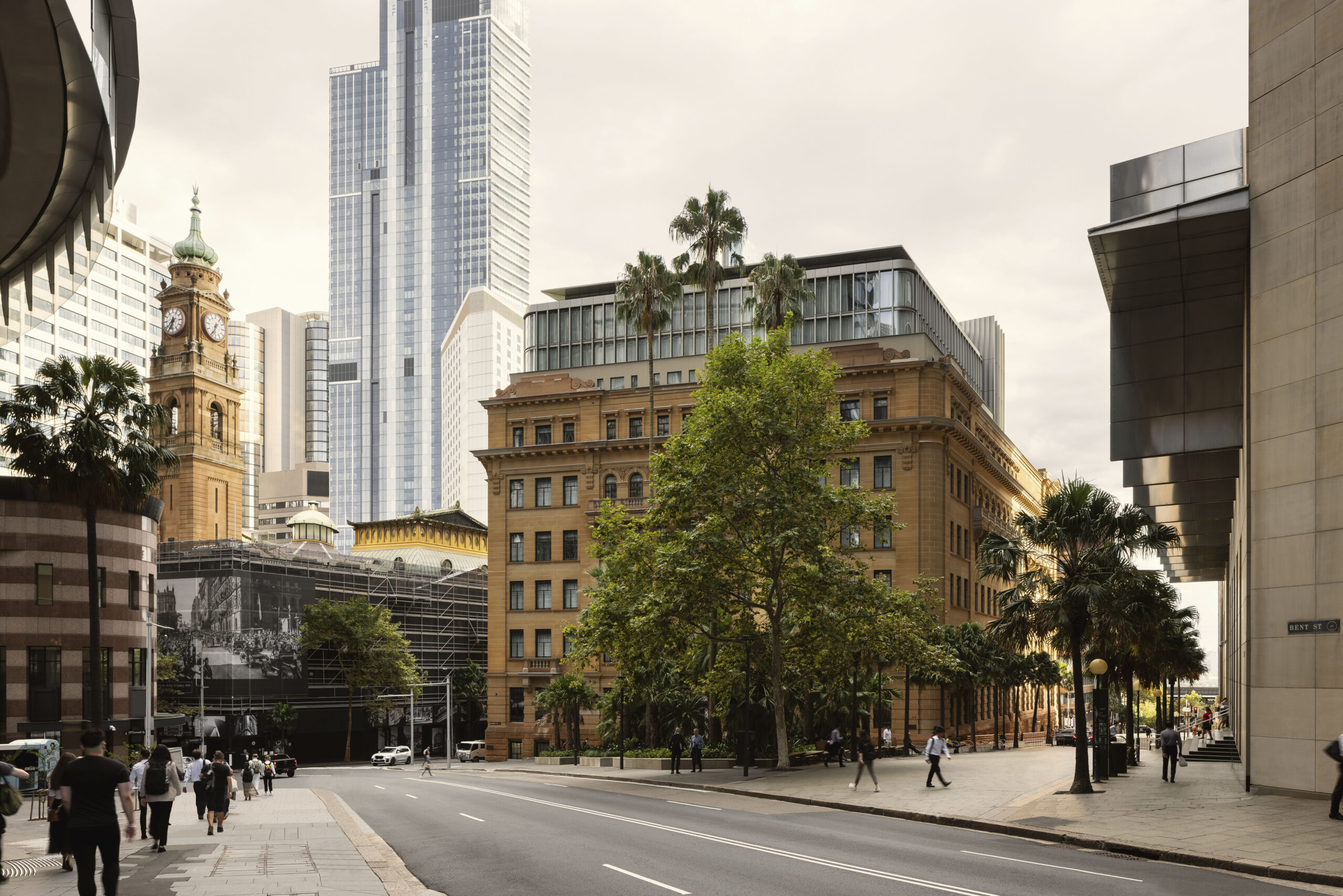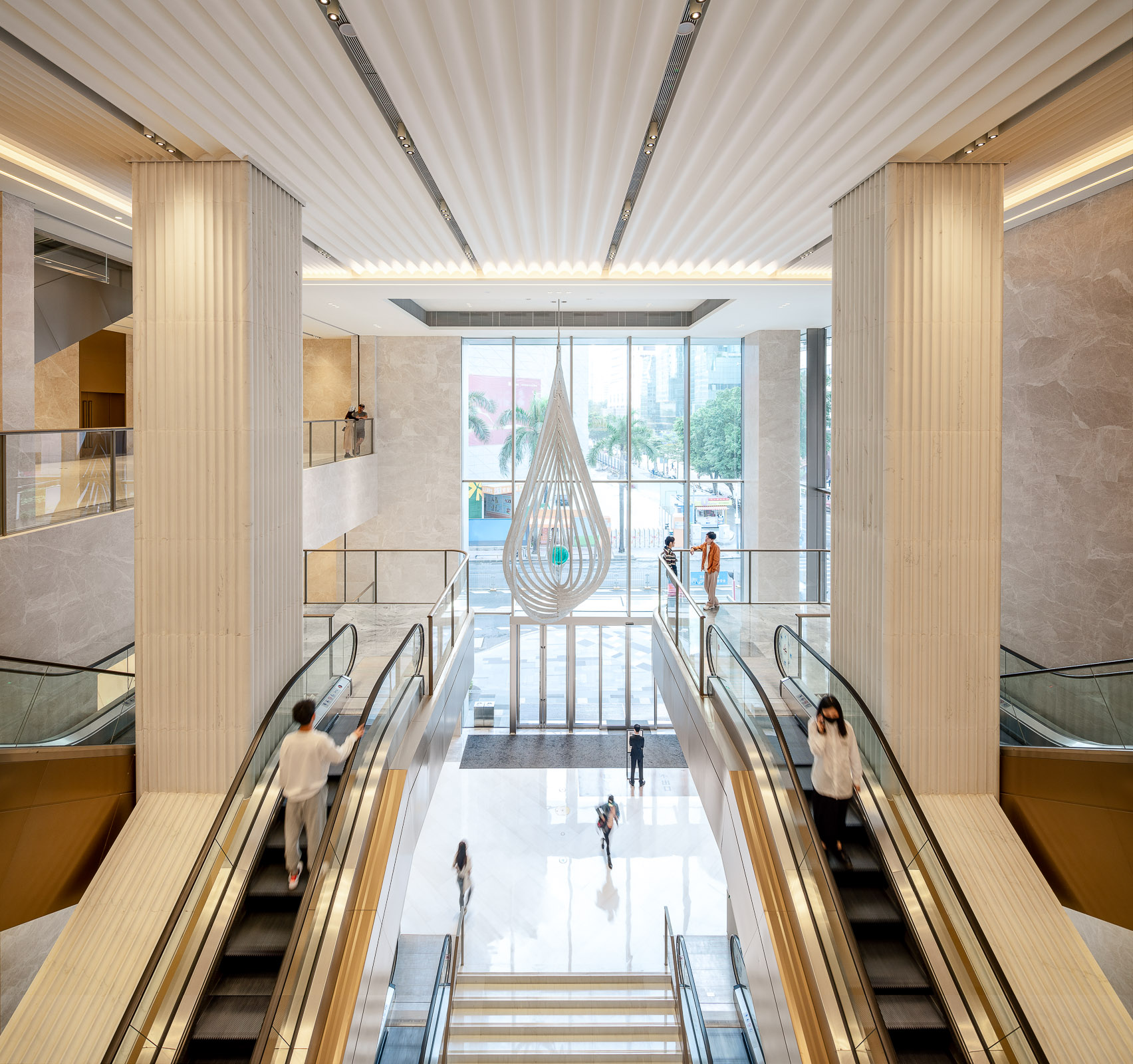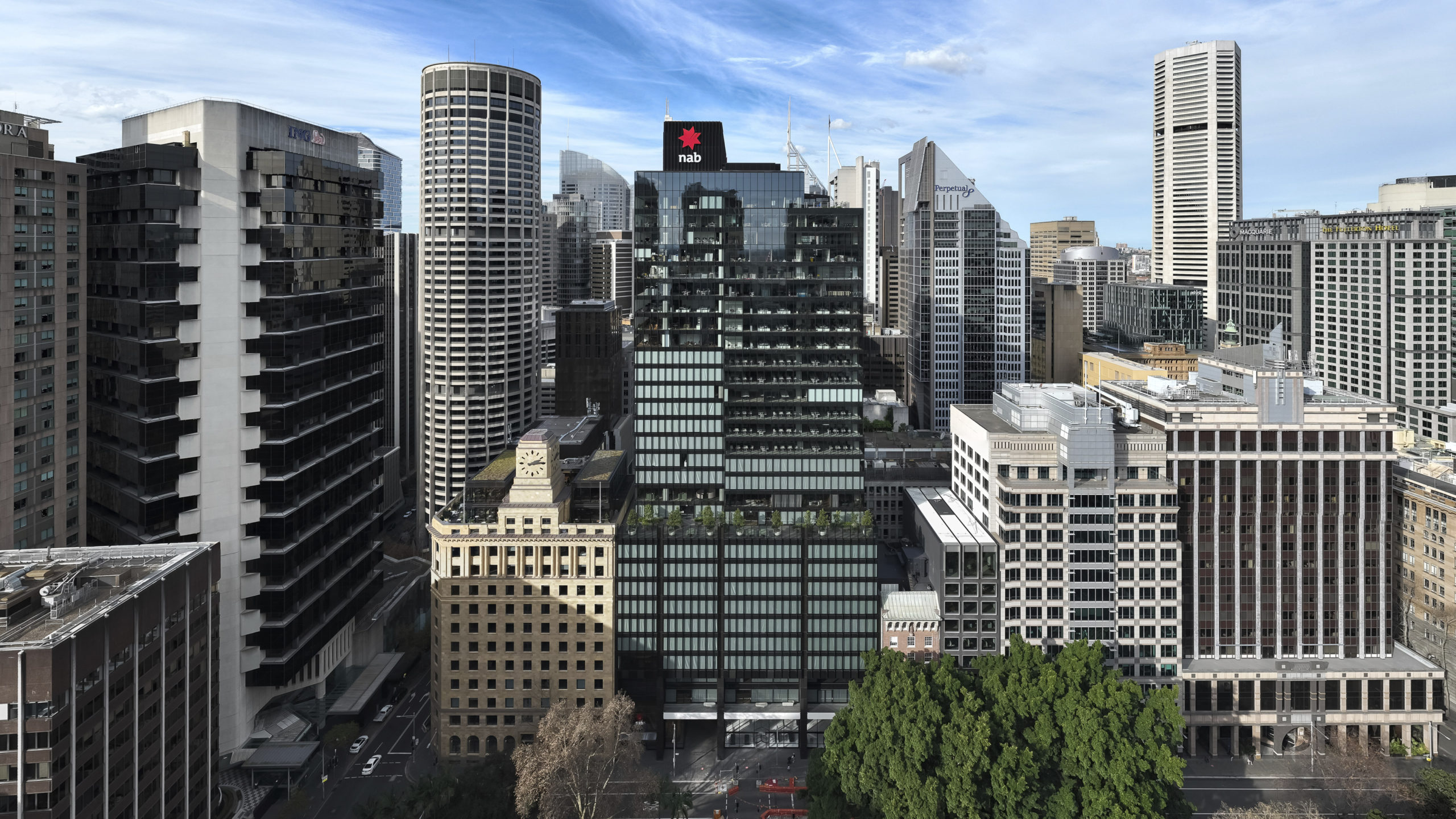
How do you see workplace design changing in light of this?
Barclays recently said they don’t think they’ll need a big head office building anymore. There’s some truth in that. There will still be offices of course – we all crave the social interaction that we’re not getting at the moment. I can’t wait to get back to the studio and start talking to people again and meeting face to face, especially clients. But the recent trend for agile working has already shown us that you don’t need everyone to be there 100% of the time. Now that we’ve all been forced to work more flexibly, it’ll be interesting to see how workplaces react and adapt when we’re allowed back.
This could mean less office space and maybe a different environment, with bigger and more widely spaced desks. We’re looking at how we’re going to reopen Make’s London studio, and it’s possible we’ll divide teams into staggered crews that alternate days and sit at different desks. It’s like a 3D puzzle to figure out how to keep social distancing at the office.
I think we’ll see an acceleration in tech and regulation to enable drone deliveries, possibly in tandem with more dedicated delivery entrances that are separate from the pedestrian reception. This could also trigger a change in the transition spaces between inside and outside. We’ve been looking at different ground floor uses of office buildings for a while to make them more active and community-focused, but this could change things again – maybe they’ll also become spaces for safely and cleanly moving from public to private.
What about residential design?
I think there are some developers out there who feel guilty right now about getting rid of balconies and shrinking down access to outdoor space to reduce costs in residential developments. Getting open space for every residence needs to be the law. We’ll need better regulation for this to actually happen. I’m so fortunate to have a garden and can see the necessity at a time like this. It should always be part of the project.
The need for future-proofing in terms of tech has been top of the list in commercial developments for a while, but perhaps we’ll soon see this in residential design too, with better IT facilities to enable agile working from home, as well as improved M&E – for example, better sound proofing and thermal comfort.
What’s the future of the high street in the age of social distancing?
I don’t think people are going to flood back to the high street and just carry on as before; I think they’ll become more reliant on deliveries than they already were, and those distribution networks will become enhanced. Many people can’t live without deliveries at the moment. That’s not going to disappear, and unfortunately that will be harmful to the environment when the world does start to creak back into gear.
But I do think supporting local shops and pubs will become more important. Neighbourhood shops are looking after us right now, and people will want to thank them with continued patronage after the lockdown. In cities, people are going out and exploring their local area like never before. There’s a renewed appreciation for the local greengrocer, and it’s possible people will become more suspicious about food and other amenities coming from far away.
On a personal note, there’s a real role for community here. There have been some wonderful examples of society becoming kinder, more understanding and tolerant in the face of self-isolation and the loneliness it can cause. How wonderful would it be if this pandemic accelerated the effort to address loneliness? I can imagine this both through localism and through technology. Local retail can enable interaction and provide a focal point for community, while social links through the computer are increasingly normal now. Perhaps we’ll see people accepting these as replacements for the usual ways of socialising and shopping if social distancing continues.
Do you think architects alone can push for these design changes?
After any disaster, there’s always an immediate response among architects to change things. After 9/11, for example, we began looking at including two staircases and even parachutes in office buildings. But there wasn’t much interest from clients in the end. I think there will always be a fight against the money. To make a development work, developers need to make a profit. Governments will need to make regulatory changes to keep us doing the right thing. I can imagine in the aftermath of all this there will be an immediate reaction from designers, followed by little happening until the regulations catch up.
On the other hand, we can expect people’s private projects to see a lot of change early on.
In any case, the current situation is pushing us towards a more sanitised and hygienic way of life. Masks and gloves are now common in public, and I think people will continue to be wary of touching public surfaces, which will of course trickle into design decisions. I’m sure there will be design features that we start to recognise as inspired by coronavirus. Automatic flushers on the toilet, for example – maybe our kids will think it’s crazy that we ever pushed a button or pulled a handle!
What are the top design lessons we should prioritise following this experience?
I would say prioritising open space is paramount. Making sure people have space to breathe, walk outside and enjoy fresh air is crucial for all sectors.
So is using technology to enable improvement and change.
These are the two sides to this pandemic, and each represents an extreme. But we have a chance to bring them together with savvy architecture that allows us to safely and effectively communicate, socialise and enjoy nature. There are some really exciting possibilities there.


































































































































































































































































